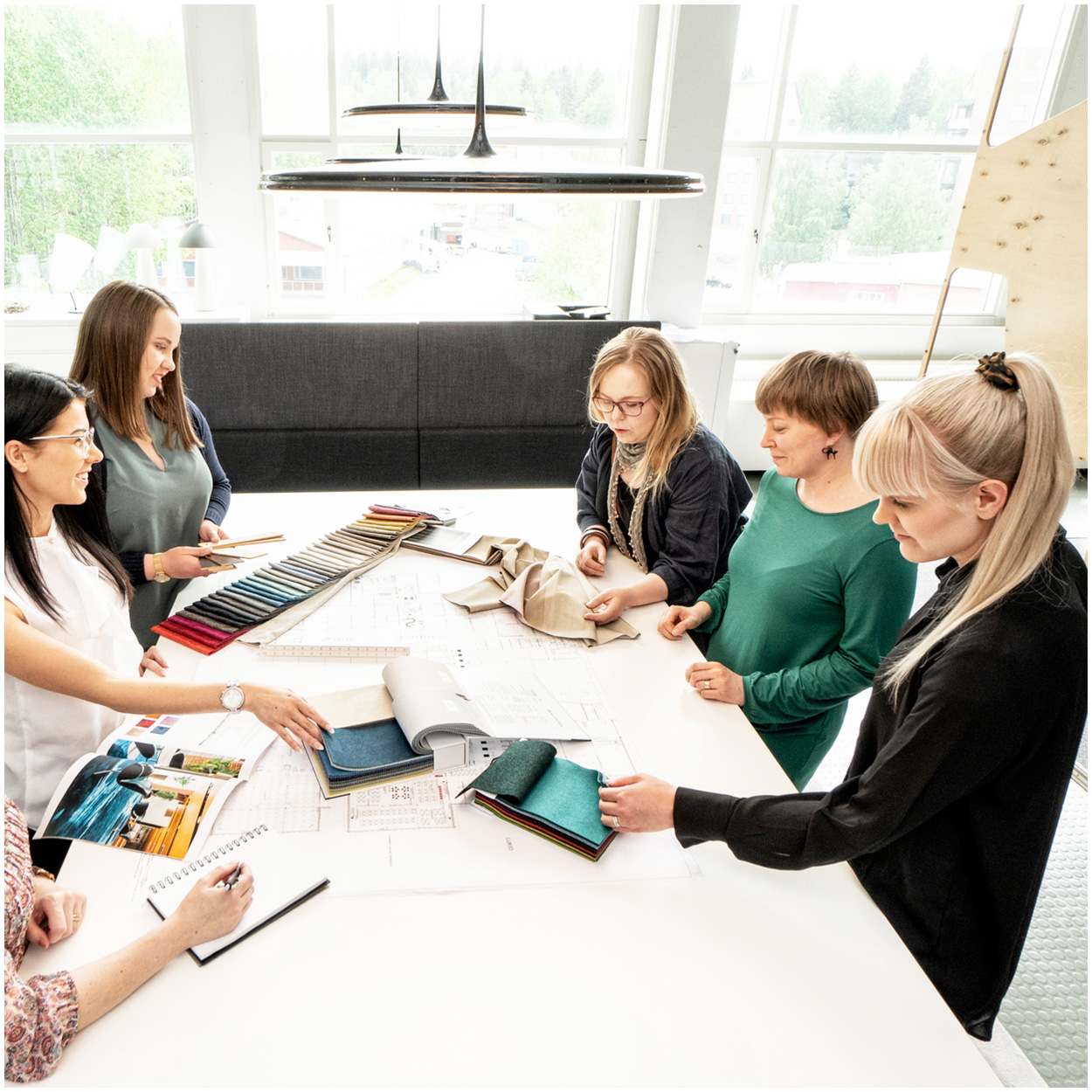In today’s rapidly evolving educational landscape, integrating technology with school furniture design is more important than ever. As educational institutions strive to create environments that foster collaboration, creativity, and engagement, the role of innovative classroom furniture becomes paramount. This article will explore the importance of technology integration in school furniture design, key considerations, potential challenges, and the role of sustainable design in creating inspiring learning environments.
Why integrate technology in school furniture design?
Integrating technology into school furniture design enhances the learning experience by accommodating the digital needs of modern education. With the rise of e-learning and digital resources, it is crucial to provide students with ergonomic classroom furniture that supports both traditional and digital learning methods. By incorporating technology, schools can create environments that engage students more effectively, making learning more interactive and enjoyable.
Technology integration also allows for greater flexibility in educational spaces. Movable classroom furniture equipped with technology can be reconfigured to support various teaching methods and learning styles. This adaptability ensures that furniture solutions meet the diverse needs of students and educators, ultimately leading to better learning outcomes.
Moreover, technology-enhanced furniture can facilitate collaboration and communication. With features like built-in charging stations and interactive displays, students can easily share ideas and work together on projects, fostering a sense of community and teamwork within the classroom.
What are the key considerations for technology integration in school furniture?
When integrating technology into school furniture, ergonomics and flexibility are paramount. Ergonomic student chairs and desks should be designed to support the physical well-being of students, reducing strain and discomfort during long study sessions. This focus on comfort can significantly enhance concentration and productivity.
Flexibility is another critical consideration. Furniture should be easily movable and customizable to accommodate different learning activities and classroom configurations. This adaptability allows educators to create spaces that align with various pedagogical approaches, from lecture-based learning to group projects and individual study sessions.
Finally, it is essential to ensure that the furniture can adapt to technological advancements. As technology continues to evolve, school furniture should be designed to incorporate future updates and enhancements seamlessly. This foresight ensures that educational institutions remain at the forefront of innovation.
How can technology-enhanced furniture improve learning environments?
Technology-enhanced furniture can transform learning environments by increasing student engagement and participation. Interactive desks and tables equipped with digital displays can capture students’ attention and make learning more dynamic. This interactivity encourages students to take an active role in their education, leading to deeper understanding and retention of information.
Such furniture also supports collaboration by facilitating group work and discussions. Students can easily connect their devices to shared screens, allowing for seamless information sharing and collective problem-solving. This collaborative approach prepares students for real-world scenarios where teamwork and communication are vital.
Additionally, technology-enhanced furniture improves accessibility for all students. Features like adjustable desks and chairs cater to diverse needs, ensuring that every student has an equal opportunity to succeed in the classroom. By prioritizing accessibility, educational institutions can create inclusive environments that support the success of all learners.
What are the challenges and solutions in integrating technology with school furniture?
One of the primary challenges in integrating technology with school furniture is the cost. Implementing high-tech solutions can be expensive, and budget constraints may limit the ability of schools to invest in these innovations. However, by prioritizing essential features and seeking out cost-effective solutions, schools can effectively manage expenses while still enhancing their learning environments.
Another challenge is ensuring that technology is used effectively within the classroom. Without proper training and support, educators may struggle to integrate these tools into their teaching practices. To address this, schools can provide professional development opportunities and resources to help teachers effectively utilize technology-enhanced furniture.
Lastly, maintaining and upgrading technology can be challenging. Schools must establish clear plans for regular maintenance and updates to ensure that their technological investments remain functional and relevant. Partnering with reliable suppliers and manufacturers can provide ongoing support and guidance in this area.
What role does sustainable design play in this integration?
Sustainable design is a crucial aspect of integrating technology with school furniture. By utilizing eco-friendly materials and energy-efficient technologies, schools can reduce their environmental impact while providing high-quality learning environments. For example, using PEFC-certified wood ensures that the materials are sourced responsibly and sustainably.
Additionally, sustainable design promotes a culture of environmental responsibility among students. By learning in spaces that prioritize sustainability, students are more likely to adopt eco-friendly practices in their own lives, contributing to a more sustainable future.
Conclusion
Integrating technology with school furniture design is essential for creating inspiring and effective learning environments. By focusing on ergonomic and flexible furniture solutions, schools can enhance student engagement, collaboration, and accessibility. While challenges exist, careful planning and sustainable design practices can ensure successful integration. As decision-makers in educational institutions, it is crucial to prioritize technology-enhanced furniture to support the evolving needs of students and educators, ultimately paving the way for a brighter future in education.


